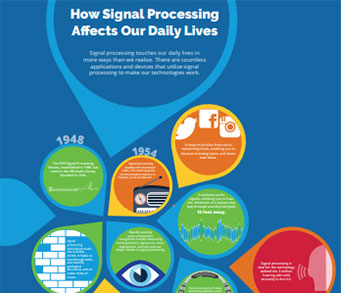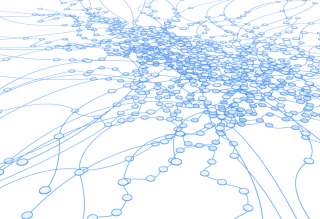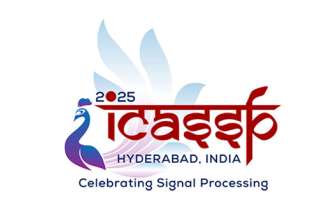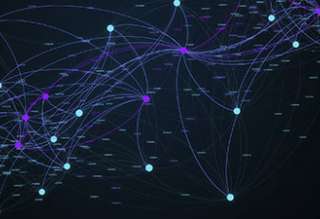SPS Feed
Top Reasons to Join SPS Today!
1. IEEE Signal Processing Magazine
2. Signal Processing Digital Library*
3. Inside Signal Processing Newsletter
4. SPS Resource Center
5. Career advancement & recognition
6. Discounts on conferences and publications
7. Professional networking
8. Communities for students, young professionals, and women
9. Volunteer opportunities
10. Coming soon! PDH/CEU credits
Click here to learn more.
The Latest News, Articles, and Events in Signal Processing
Panoramic videos are becoming more and more easily obtained for common users. Although these videos have
Panoramic videos are becoming more and more easily obtained for common users. Although these videos have
Nowadays, 360° video/image has been increasingly popular and drawn great attention. The spherical viewing range of 360° video/image accounts for huge data, which pose the challenges to 360° video/image processing in solving the bottleneck of storage, transmission, etc. Accordingly, the recent years have witnessed the explosive emergence of works on 360° video/image processing.
Recent years have witnessed the rapid development of virtual reality (VR). Above 90% of VR content is in the form of 360° video, also called omnidirectional video or panoramic video. Generally speaking, 360° video offers immersive and interactive viewing experience, as the viewers are able to freely move their heads in the range of 360° × 180° to access different viewports.
This correspondence proposes the use of a real-only equalizer (ROE), which acts on real signals derived from the received offset quadrature amplitude modulation (OQAM) symbols. For the same fading channel, we prove that both ROE and the widely linear equalizer (WLE) yield equivalent outputs.
This letter presents a high resolution method which separates close components of a multi-component linear frequency modulated (LFM) signal and eliminates their Cross-Terms (CTs). We first investigate the energy distribution of the Auto-Terms (ATs) and CTs in ambiguity plane.
This letter proposes a new time domain absorption approach designed to reduce masking components of speech signals under noisy-reverberant conditions. In this method, the non-stationarity of corrupted signal segments is used to detect masking distortions based on a defined threshold.
Date: 6-11 April 2025
Location: Hyderabad, India
Date: 14-19 April 2024
Location: Seoul, Korea
Date: 8-11 October 2023
Location: Kuala Lumpur, Malaysia
Date: 4-10 June 2023
Location: Rhodes Island, Greece
Date: October 16-19, 2022
Location: Bordeaux France
Pages
SPS Social Media
- IEEE SPS Facebook Page https://www.facebook.com/ieeeSPS
- IEEE SPS X Page https://x.com/IEEEsps
- IEEE SPS Instagram Page https://www.instagram.com/ieeesps/?hl=en
- IEEE SPS LinkedIn Page https://www.linkedin.com/company/ieeesps/
- IEEE SPS YouTube Channel https://www.youtube.com/ieeeSPS























